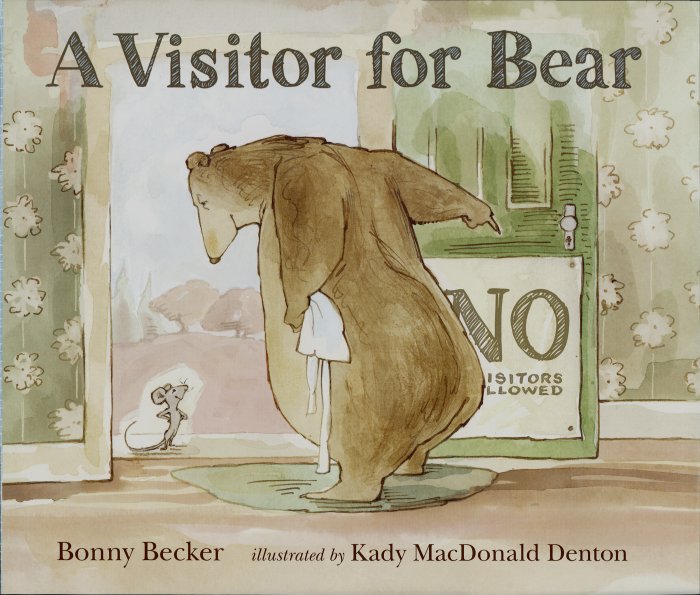By Kevin O’Malley
(Walker & Company, 2003)
This is a wintertime favorite. It is for all of us who have experienced the dressing ordeal and restricted movement that arises from wearing an undershirt, sweatshirt, sweater, long underwear, pants, winter coat, snow pants, double socks, boots, mittens, scarf and toque.
It’s hard to even introduce the story without giving away too much. I can at least say that this is about a boy who, fully geared up, sets out on a dangerous trek through snow, wind and ice. It’s a classic conflict: boy versus nature (and snow gear). Be assured, however, that the story, told with sparing text, is highly amusing. This is the kind of character who would make any household or classroom extraordinarily entertaining. This is the kind of boy who would steal the scene in the class play...even when he plays the scenery.
As a read aloud, you will want to employ your own overacting skills. Draw things out. Take in the smiles and giggles of your audience. I have no doubt that after you finish this reading journey and the chatter likely to result from it, you will want to immediately reread it again to satisfy your eager audience...and yourself.
You really must track this book down. Highly recommended!
(Walker & Company, 2003)
This is a wintertime favorite. It is for all of us who have experienced the dressing ordeal and restricted movement that arises from wearing an undershirt, sweatshirt, sweater, long underwear, pants, winter coat, snow pants, double socks, boots, mittens, scarf and toque.
It’s hard to even introduce the story without giving away too much. I can at least say that this is about a boy who, fully geared up, sets out on a dangerous trek through snow, wind and ice. It’s a classic conflict: boy versus nature (and snow gear). Be assured, however, that the story, told with sparing text, is highly amusing. This is the kind of character who would make any household or classroom extraordinarily entertaining. This is the kind of boy who would steal the scene in the class play...even when he plays the scenery.
As a read aloud, you will want to employ your own overacting skills. Draw things out. Take in the smiles and giggles of your audience. I have no doubt that after you finish this reading journey and the chatter likely to result from it, you will want to immediately reread it again to satisfy your eager audience...and yourself.
You really must track this book down. Highly recommended!




 By Peter Brown
By Peter Brown




